In an era when Detroit’s Big Three wanted to do nothing but build ever larger cars, Nash Motors had a different idea, on ethat would prove that not everyone thought bigger was better.
Like women at the high school prom who go to the bathroom together, Detroit’s Big Three have long functioned as a group – particularly in 1950, when General Motors increasingly dictated industry fashion to a large degree.
Nevertheless, there were smaller independent automakers who either tried to compete or tried to offer something different. Given the big car homogeny of the times, and the small but increasing interest in smaller foreign cars, something clicked with George Mason, president of Nash-Kelvinator Corporation.
As families moved from city to suburb in ever larger numbers, a second car would be a necessity. He thought smaller cars, a segment being ignored by the Big Three, would make ideal second cars, and that Nash Motors of Kenosha, Wisconsin, would make a big profit selling them. It started in 1950, when the Nash Rambler was introduced as a two-door sedan or two-door station wagon. It wasn’t long before Rambler alone accounted for more than one-fifth of all station wagons sold.
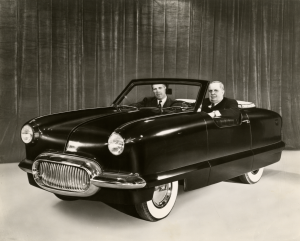
Nash Motors President George Mason pilots the 1950 Nash NXI, built using a Fiat 500. Photo credit: Detroit Public Library
That same year, Nash introduced the NXI, or Nash Experimental International, a small subcompact built on a Fiat 500 platform, and designed by freelance stylist Bill Flajole. Nash toured various auto shows, where the NXI clearly struck a chord, convincing Mason that there was an unmet need for such a car, even as the engine and bucket seats didn’t meet the needs of American motorists.
Nevertheless, Mason forges ahead, meeting with Fiat and Standard-Triumph. But it’s Austin that is awarded the contract to build the car, using Austin A30 and A40 parts.
By this time, Nash had also fielded the first American sports car since the 1920s, the 1951 Nash-Healey. Using a Healey chassis and aluminum body, it used a Nash Ambassador powertrain and sported Nash styling as imagined by Pininfarina. While not a huge success, Mason saw that producing lower-volume cars was profitable given Europe’s lower production costs at the time. This influenced his thinking on the Nash Metropolitan.
Fisher and Ludlow of Birmingham, England were contracted to manufacture the Metropolitan’s bodies, which were then sent to Austin Motor Company’s Longbridge plant, where assembly would be completed. Tooling cost a minimal $800,000, or $9.2 million adjusted for inflation.
Introduce on March 19, 1954 as a two-door hardtop or convertible, the Metropolitan had a single bench seat. Under the hood was the 1.2-liter 4-cylinder engine from the Austin A40 mated to a 4-speed manual transmission. Its 85-inch wheelbase meant its ride could be choppy, especially considering the soft suspensions most Americans preferred. Priced at $1,445 for the hardtop and $1,469 for the convertible, or $16,670 and $16,947 respectively when adjusted for inflation, they Met was cheaper than a Rambler.
When production started, the first 1,869 came off the line wearing NKI badges before the Metropolitan nameplate began to be installed.
Automotive journalists were surprised. “This isn’t supposed to be a sports car,” wrote Motor Trend magazine, yet “it seems to have some of the sports car characteristics.”
By the end of the year, Nash would merge with Hudson to become American Motors Corp. Its best sales year was 1959, when it gained a trunk lid and vent windows. This led to sales of 14,959 units. Yet demand quickly slumped with the introduction of the 1960 Chevrolet Corvair, Ford Falcon and Plymouth Valiant. In all, more than 90,000 Metropolitans were built through 1962.
Nash’s success had gained the attention of the Big Three to a market it had long ignored, and AMC would fight for survival for the next 28 years before being acquired by Chrysler Corporation.

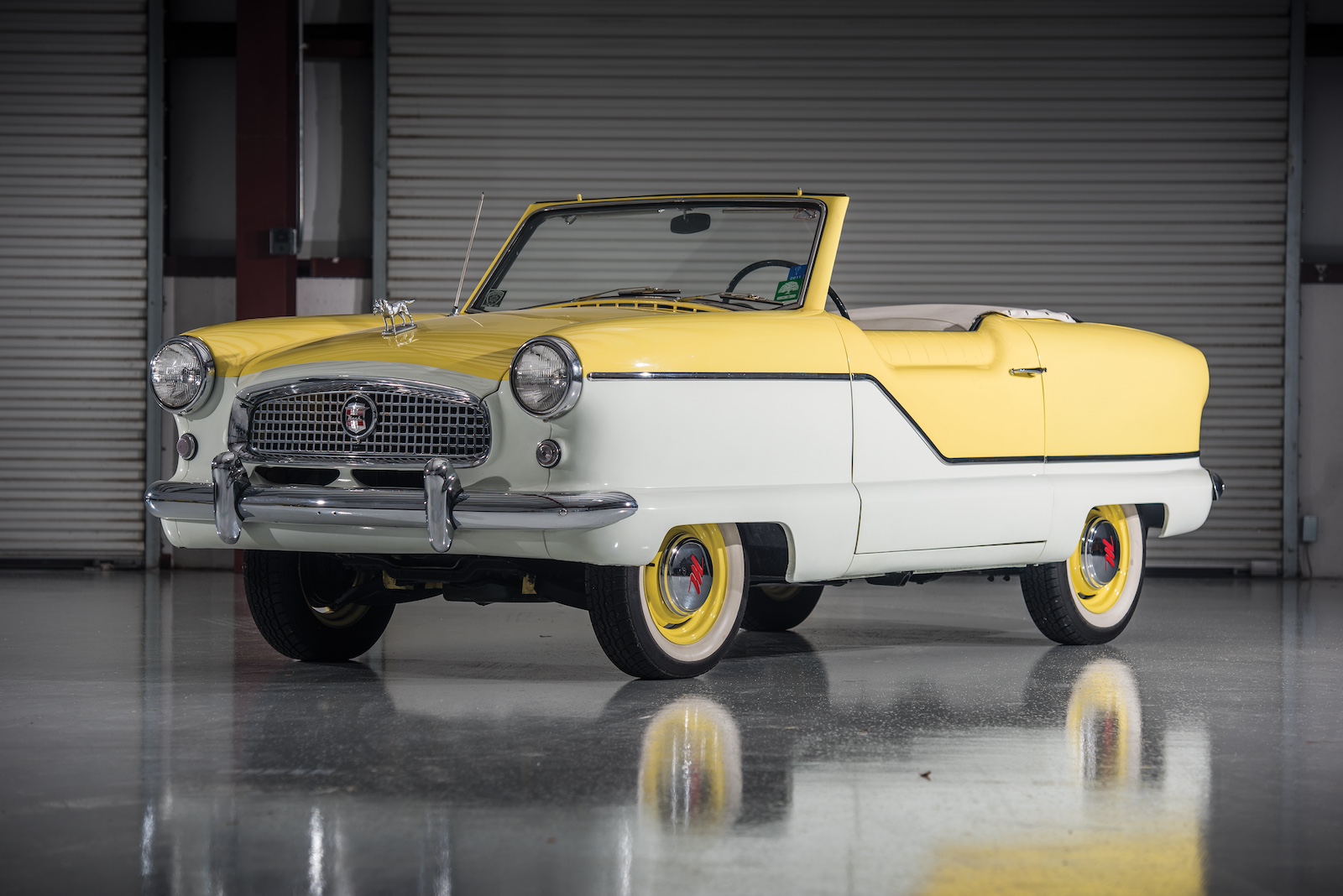
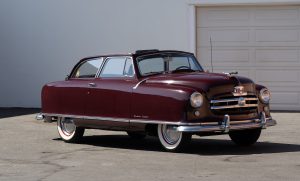

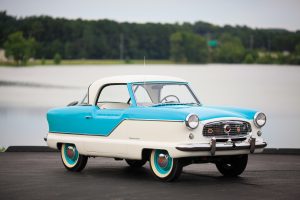
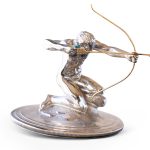
0 Comments